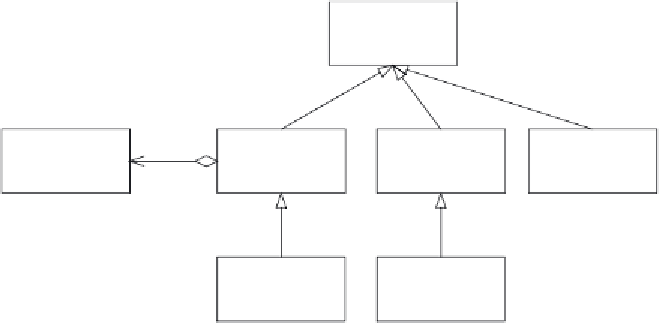Java Reference
In-Depth Information
Using the
TransactionInterceptor
is the most flexible approach since it allows
you to specify the isolation level on a per-transaction basis, which is a common
requirement. The other two options are useful only if you want to use the serializ-
able isolation level for all transactions.
Signaling concurrent update failures
When Hibernate detects a concurrency failure, it throws one of the subclasses of
HibernateException
that are shown in figure 12.8. If it's an optimistic locking fail-
ure, Hibernate throws a
StaleObjectStateException
, which extends
StaleState-
Exception
. Serializable and pessimistic locking failures cause
JDBC
to throw a
SQLException
, which Hibernate maps to a subclass of
JDBCException
, which con-
tains the
SQLException
.
The
HibernateTemplate
that calls the Hibernate
API
automatically maps the
HibernateException
s to a Spring
DataAccessException
. It maps the
StaleObject-
StateException
to a Spring
OptimisticLockingFailureException
. A
Hibernate-
Template
maps a
JDBCException
to a
DataAccessException
by mapping the
SQLException
that it contains using the same
SQLExceptionTranslator
-based mech-
anism used by Spring's
JDBC
and i
BATIS
classes. Consequently, the application must
use the
MyOracleSQLExceptionTranslator
, which was described in section 12.2.5, to
map a
SQLException
to the corresponding data concurrency exception.
In order to do this, you must configure the
HibernateTemplate
with a
MyOra-
cleSQLExceptionTranslator
by setting its
jdbcExceptionTranslator
property:
Hibernate
Exception
Stale
StateException
SQLException
JDBCException
...
StaleObject
StateException
...
Figure 12.8
Hibernate exceptions that are thrown when a concurrency failure occurs.


Search WWH ::

Custom Search